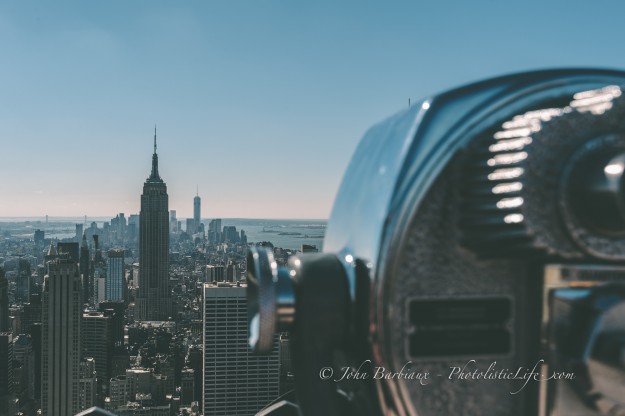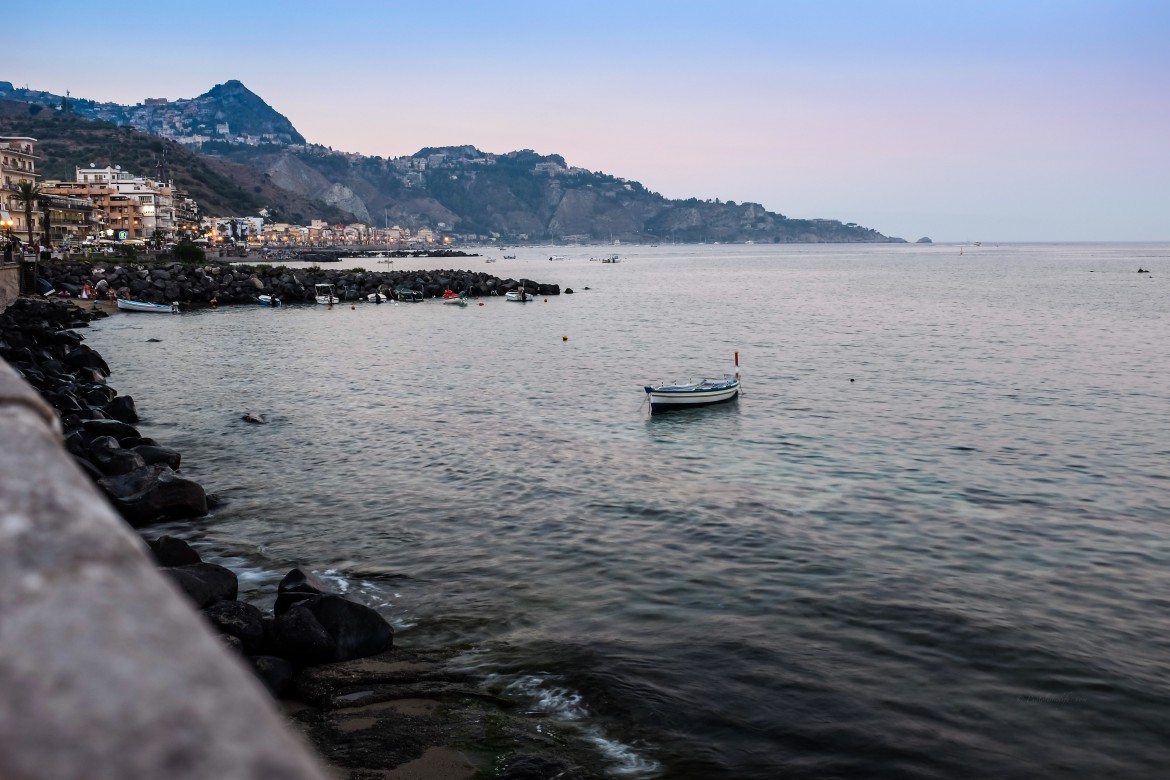Visual balance is a well-known composition tool used in various genres of art and marketing, it’s the difference between a well thought out image or an image that makes you feel tense and uncomfortable. Before I delve into the details it’s important to remember that this compositional tool, like many others, can be broken effectively for great images.
Visiual Balance
The arranging of elements so that no one part of the image overpowers, or seems heavier than any other part.How Do We Perceive Visual Balance?
If you plan on learning how to master Visual Balance it’s important we first discuss how viewers will perceive balance in your photographs. There are a number of different visual elements that can make up images and each one can be assigned a different visual weight based on things like size, color, shape, complexity, etc.. Let’s explore this in a little more detail below.
Please click on the title below to expand the box and read the full description
- Balance By Size
- Balance By Color
- Balance By Shape
- Balance By Position
- Balance By Texture
- Balance By Eye Direction
This one is exactly what it sounds like… A large object on one side of your image and a small object on the other will make the image look unbalanced. If you put two large objects, of equal size, on each side of the image then, all other things being equal, the image will look balanced.
Our eyes are more attracted to bright colors like red than a more neutral color like a grey or beige. The brighter color in a small area of the photograph can balance out a larger neutral color(s) in other parts of the photograph. Because bright colors have more visual weight than neutral colors you don’t need as much (size) of them to balance out a larger neutral area.
Here is where it gets a little complicated, shapes aren’t just objects but they can be shapes in larger shapes created by shadows. Complex shapes get more visual weight than simpler shapes. You can offset a large simple area of the photograph with a small complex shape in another area. Alternatively, you can reduce the weight of a complex shape hiding it in shadows. Large simple shapes can become heavier by using shadows to break it up and make it more complex.
You can balance a large object by placing a smaller object further from the fulcrum (or visual center) of an image than the larger object. You could also have multiple smaller objects on one side of the fulcrum balancing a larger object on the other (or any combination thereof).
The texture of an object can increase the visual weight of said object by increasing its contrast and attracting your eye. A small object with lots of texture can balance out a larger object a smooth surface.
There are many elements you could photograph that would shift the balance of an image from what would usually be the visually dominant object to one with less visual weight. For instance, if you had a bright red object on one side of an image but there was an arrow pointing to the other side where a neutral color object was placed you’d increase the weight of the neutral object exponentially. Really, any linear object (edge of a shadow, table, curb, etc) could lead your eyes away from the visually dominant object. Leading lines are the best example of using eye direction to balance (or inadvertently unbalance) a photograph.
Any of the elements listed above could be combined in an image to alter the balance of your photograph. You could combine a bright color with a complex small shape to offset a larger, smooth shape, with the same color. You could have a visually dominant area of the photograph dwarfed by using leading lines to take viewers eyes away from it. The options are limitless (well maybe not limitless, but there are quite a few of them).

It’s interesting to note that some of you will see in this way without practice, some people naturally compose in a way that is visually balanced… Others of us will have to work at it. My fiancée for instance can pick up my camera and fire off 50 or so shots and 90% of them will be visually balanced because that is just the way she sees. I, on the other hand, had to practice for years before I had the ability to see in such a way. Luckily, I fought the urge to slap the camera from her hands in a jealous rage (Just kidding…).
Train Yourself
A couple great ways to train yourself to compose images in a more visually balanced way is to practice and review others images. I like to look at a photograph and imagine if the subjects in the scene actually changed the balance of the scene and I could lay a marble between them to see how the marble would react. Would the subject on the right have visual dominance and cause the marble to roll towards the right? The left? Or would the scene be balanced and the marble would stay in one place?
Remind yourself that there are multiple variables that go into balancing a subject… What are the shadows doing? What colors are you working with? What’s the distance from one object to another in the scene? Are there leading lines and if so which way are they directing viewers eyes? The more skilled you get at photography the more complex your images will become.
Creating visual balance in photography is just one of many different ways to improve the quality of your photography. If you’d like to share good examples of visually balanced images with us you can do so by heading over to the Facebook page and posting on the wall. Feel free to share your thoughts in the comments below.






Where is the photo of the small boat by the shore? It looks like Italy. It is a beautiful shot.
Thank you! That shot was taken in Giardini Naxos on the island of Sicily.